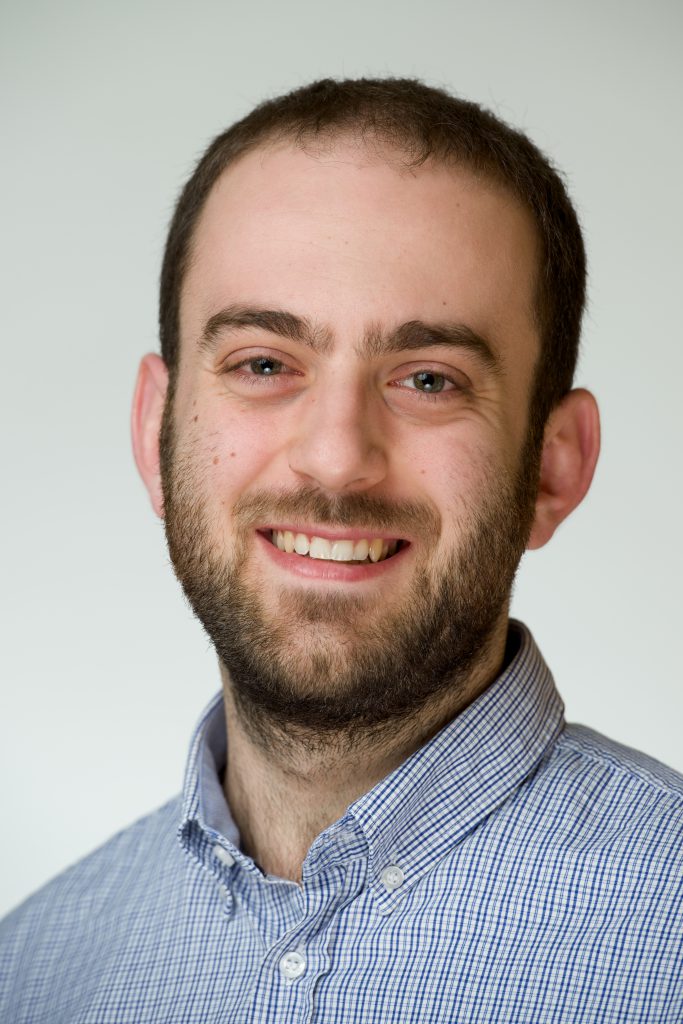Stefano Palagi obtained his MSc degree in Biomedical Engineering in 2009 at the University of Pisa, Italy.
In January 2013, he received a PhD in “Innovative Technologies – Biorobotics” at the Scuola Superiore Sant’Anna (Pisa, Italy).
From February 2013 to January 2014 he was a research fellow at the Center for Micro-BioRobotics@SSSA (Pisa, Italy) of Istituto Italiano di Tecnologia.
From January 2014 to May 2018, he was a postdoctoral researcher at the Max Planck Institute for Intelligent Systems (Stuttgart, Germany) in the Max Planck Research Group for Micro, Nano, and Molecular Systems.
From June 2015, he was also a fellow of the Max Planck ETH Center for Learning Systems.
From May 2018 to January 2021 he was a postdoctoral researcher in the Bioinspired Soft Robotics group at the Center for Micro-BioRobotics@SSSA (Pisa, Italy) of Istituto Italiano di Tecnologia.
From February 2021 he is the PI of the ERC project CELLOIDS and an Assistant Professor at the BioRobotics Institute of Scuola Superiore Sant’Anna (Pisa, Italy), where he leads the Microscale Robotics Laboratory.
Dr. Stefano Palagi graduated (MSc) in Biomedical Engineering at the University of Pisa, Italy, and received a PhD in Biorobotics at the Scuola Superiore Sant’Anna (Pisa, Italy). He has been a postdoctoral researcher in the Micro, Nano, and Molecular Systems group at the Max Planck Institute for Intelligent Systems (MPI-IS, Stuttgart, Germany). Currently he is with the Center for Micro-BioRobotics (CMBR) at the Istituto Italiano di Tecnologia (IIT), Italy. His research interests are at the intersection of material science, robotics, and artificial intelligence, and include the development of soft (micro)robots inspired by biological organisms (from microorganisms to animals).
Title : CELLOIDS: towards cell-inspired autonomous microrobots
Abstract:
The term microrobots refers to microscopic structures that can move in a controlled way, often by means of external actions (magnetic or optical forces/torques).
Microrobots have the potential to enable revolutionary non-invasive medical procedures.
But how to make microrobots able to move inside body tissues?
Cells that naturally move in body tissues (such as certain immune cells that perform amoeboid locomotion) can be a source of inspiration, leading to “celloids”, i.e. cell-inspired (micro)robots.
These need to be: 1) extremely compliant and deformable, to squeeze through the narrow gaps between cells; 2) spontaneously deforming, to toe the surroundings and find such gaps; 3) perceptive, to sense and follow gradients in the environment; 4) semi-autonomous, to be supervised from the outside while autonomously navigating in their complex environment.
As the cells they mimic, these microrobots will be ultra-soft and powered by active matter.
In this talk I will show our efforts and latest results in the development of celloids, discussing the fundamental role of soft and active matter in endowing microrobots with autonomous and “intelligent” behaviours.

